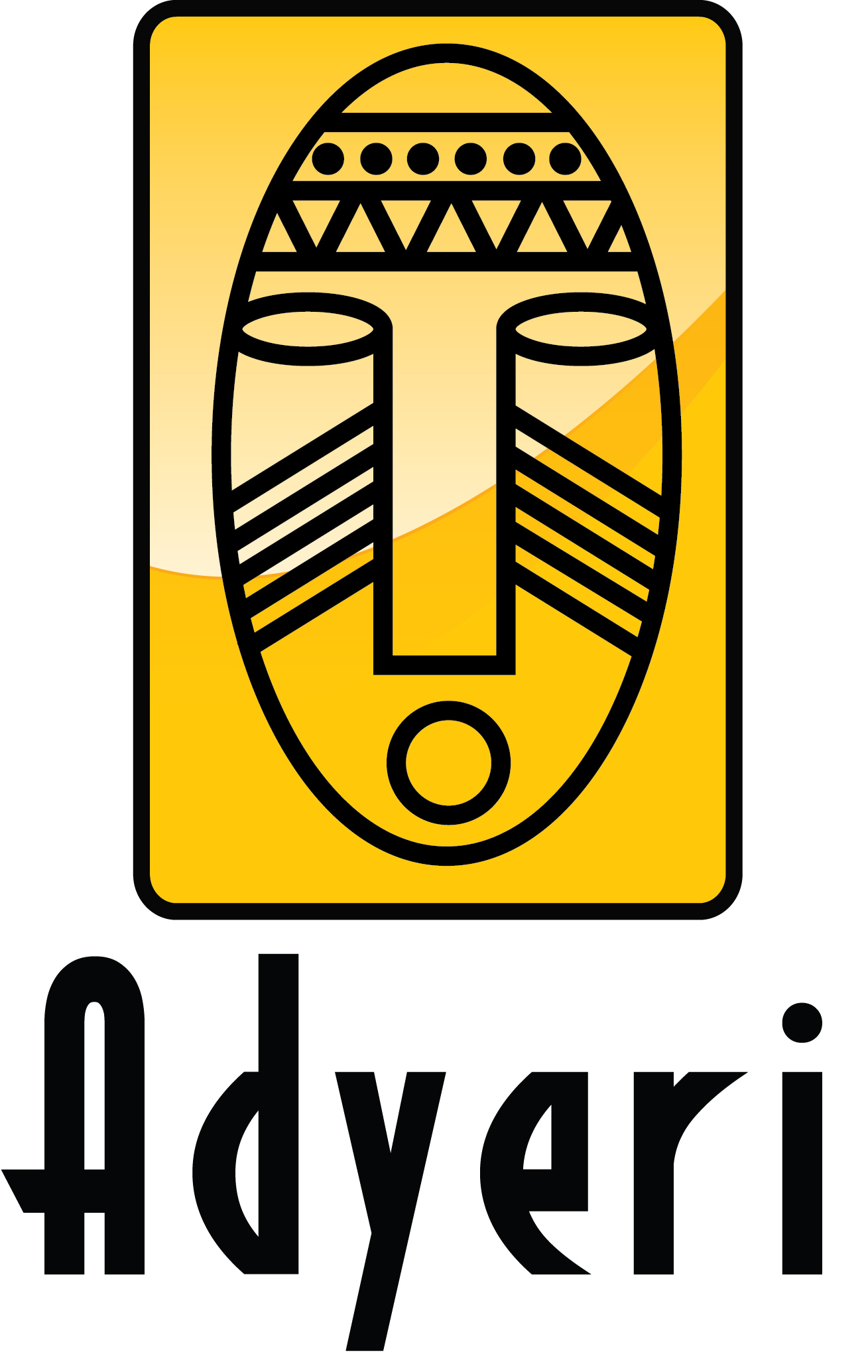Uganda Safari
Bwindi Impenetrable National Park
About
Close to Mgahinga National Park is Bwindi Impenetrable National Park, where you may even have an even better chance of seeing the rare mountain gorilla, as seven groups are habituated there. As it's name "impenetrable" implies, this park is not quite accessible as Mgahinga, but its well worth the effort of going there.
Like Mgahinga, Bwindi which was gazetted in 1991, is one of the country's newest national parks. It covers 331 square kilometers which makes it the third largest forested area in Uganda and lies on the Democratic Republic of Congo border, adjacent to Parc National des Virungas of Democratic Republic of Congo. Situated on the edge of the western Rift Valley on the highest block of the Rukiga highlands, its one of the largest natural forests in East Africa containing both montane and lowland forest vegetation.
Bwindi ranges in altitude between 1,160 and 2,607 meters. The highlands on which the park sits consist of old (Precambrian) rock, much eroded and altered. Like Mgahinga, much of the vegetation is typically tropical rainforest, with a very dense thick undergrowth hence the name "impenetrable". Make no mistake about it tacking gorillas in this area is strenuous work.
Bwindi's 120 plus species of mammals make it one of the richest ecosystems in Africa. Primates are particularly abundant and include the mountain gorilla, chimpanzee, blue monkey, red-tailed monkey, L'Hoest's monkey, black and white colobus monkey, baboon, potto and Demidoff's galago. Other mammals present include the bush pig, giant forest hog, clawless otter, golden cat, side stripped jackal and many species of bats and rodents.
Bird lovers will take delight in the fact that some 346 species are found there of which 184 are typical forest species. In addition Bwindi is home to more than 14 species of snakes , 27 species of frogs and toads, six chameleons and 14 Lizards, skinks and Geckos. You're also bound to notice the incredible variety of butterflies in the park: more than 202 species ave been identified so far.
If you're more into flora than fauna, you'll be interested to note that there are more than 163 species of trees in Bwindi, 10 of which occur nowhere else in Uganda and 16 of which show a very limited distribution elsewhere in Uganda.
Getting there
Bwindi is located in the South Western part of Uganda with Buhoma from where the gorilla is viewing is conducted is 120 kilometers from Kabale district (through Bulema and Butogota) , 550 kilometers from Kampala city and 267 kilometers from Mbarara district.
When to go
Like Mgahinga, Bwindi National Park is a rainforest and thus is wet all year round, although the course of the rains increase during the seasons of April - May and September - October. Ideally the best time to travel would be during the dry seasons of May - August and December - February.
Where to stay
There is a wide array of accommodation facilities on offer at Bwindi National Park ranging from budget camps to luxurious lodges depending on the Gorilla group that you would like to track.
At Buhoma, visitors can stay in simple bandas or camps using their own tents in a community run campsite.
How much does a Gorilla permit cost?
The prices of Gorilla permits in Uganda are normally fixed and vary depending on the time of the year you wish to track the Gorillas. Peak season Gorilla permits cost 600 USD for foreign non-residents and 400 USD for foreign East African residents.
During the Off Peak season which covers the months of April, May and November; Gorilla permits cost 450 USD.
Gorillas and more
Mountain Gorilla Tracking is the major attraction in Bwindi National Park. There are seven groups and these include;
- Mubare Group: Habituated in 1991, this group is found in the Buhoma area of the park
- Rushegura Group: This group is found in the Buhoma area
- Habiyanja Group: Habituated in 1997, this group is found in the Buhoma area
- Mishaya Group: This is is found in the Rushaga area and was originally part of the Nshongi group
- Nshongi Group: This group is found in the Rushaga region and consists of 25 gorillas
- Nkuringo Group: This group comprised of 19 gorillas and is found in the Nkuringo area of Bwindi
- Bitukura Group: This group is found in the Ruhija area
Hiking
As in Mgahinga, there are other things to see in Buhoma area of Bwindi beside the gorillas. There are a number of hiking trails in the park, but visitors must arrange a day in advance for a guide to accompany them. Three trails begin in Buhoma, including the Muyanga River Trail which is an ideal short walk for visitors with little time to spare.
Alternatively, try the Waterfall Trail, which follows the Muyanga River upstream as it tumbles down the steep slopes south-east of Buhoma, flowing through a series of waterfalls before entering the camp area.
The Rushuura Trail will afford you some fantastic views across the western Rift Valley floor with the Democratic Republic of Congo's Park National des Virungas providing a particularly spectacular back drop.
Buhoma is an ideal place from which to watch primates and birds. You'll see many monkeys along the roads, around the periphery of the park, and at the forest edge.
This is also the richest site for birds in the park, with some 190 species on record. Of particular interest are the Kiva ground thrush, white-bellied robin chat, red-throated alethe, collared apalis, short tailed warbler, yellow-eyed black fly catcher, Rwenzori Batis, blue-headed sunbird, strange weaver , and Shelley's crimsonwing.
The Mubwindi swamp in the centre of the park is a three hour hike from Ruhija. The scenic walk passes through a beautiful forest and affords fine views of Virunga volcanoes.


